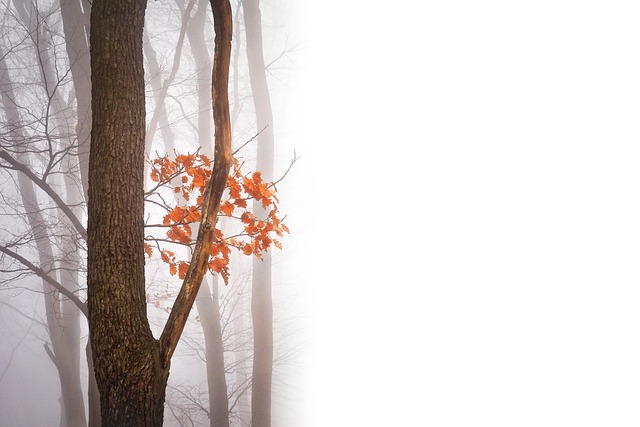In the world of photography, composition plays an essential role in transforming an ordinary image into a compelling masterpiece. One of the most powerful tools in a photographer’s arsenal is the concept of negative space. By understanding and utilizing negative space effectively, you can create striking images that evoke emotions and tell a story.
Negative space refers to the area surrounding the main subject of your photo. It is the space that isn’t filled with the subject itself but serves to enhance its presence by providing context and breathing room. When you strategically incorporate negative space in your compositions, you can lead the viewer’s eye directly to the focal point of your image while simultaneously creating a sense of balance and harmony.
Imagine capturing a lone tree standing tall on a hill against a vast, empty sky. In this scenario, the tree is your subject, while the expansive sky around it becomes the negative space. This contrast not only highlights the tree but also imbues the image with a feeling of solitude and serenity. Such emotions can resonate with viewers, drawing them into the scene.
To master negative space, it’s crucial to analyze your surroundings through the lens of your camera. Begin by observing the interplay between your subject and its environment. Use your camera and optics to frame your shot in a way that emphasizes the negative space. This may involve adjusting your angle, changing your distance from the subject, or experimenting with different focal lengths. Remember, the goal is to simplify the composition and eliminate distractions, allowing the viewer to focus solely on what matters.
Utilizing negative space isn’t just limited to minimalistic photography; it can also enhance more complex compositions. By understanding how negative space interacts with positive space, you can evoke feelings of dynamic movement or tension within your images. For instance, consider photographing a bustling city street where the buildings create a sense of confinement. By framing the shot to include a generous amount of bright sky above the buildings, you introduce negative space that can evoke feelings of freedom amidst the chaos of urban life.
It’s also essential to think about the emotional response your image elicits. Negative space can dramatically alter the mood of a photograph. An image packed with subjects and details may convey excitement, while one that embraces negative space can evoke calm or introspection. The contrast is profound, and mastering the balance between positive and negative can help you convey your vision more vividly.
When working with a camera, remember that your perspective matters immensely. Change your position, crouch low, or rise high to discover new angles that might better utilize negative space. Sometimes, the best shots aren’t about what is included in the frame but what is left out. This approach encourages your audience to fill in the gaps with their imagination, resulting in a more engaging experience.
Lastly, don’t forget to edit your images with the concept of negative space in mind. Cropping can significantly influence the impact of your photograph. By adjusting the composition in post-processing to enhance the negative space, you can create a more compelling visual narrative that resonates with viewers. Don’t hesitate to experiment until you find a balance that encapsulates your artistic vision.
Mastering negative space in your photography can elevate your work from ordinary to extraordinary. It invites viewers to engage with your images on a deeper level, encouraging them to explore the story behind the frame. So, grab your camera, seek out those alluring spaces, and let your creativity flourish. Embrace the beauty of what’s not in the frame—it might just be the magic ingredient you’ve been looking for!



